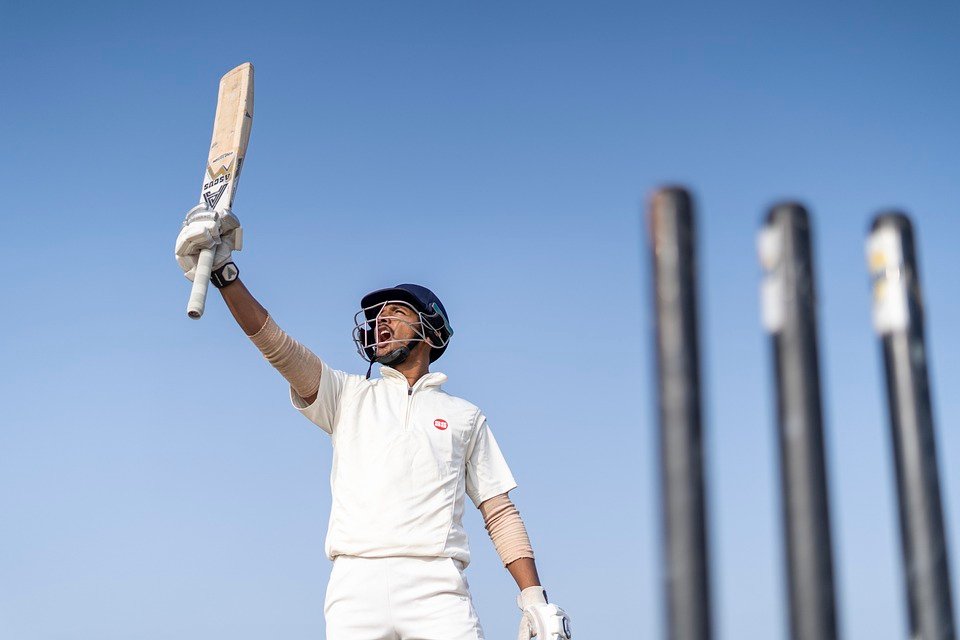The “hybrid model agreement ICC Champions Trophy 2025” has been a hot topic among cricket fans and industry analysts alike. Simply put, this agreement aims to blend both traditional and innovative approaches to cricket tournaments, ensuring a more inclusive participation model for various countries. In this article, you will find thorough updates and insights on the hybrid model agreement for the ICC Champions Trophy 2025. We’ve done our best to gather all the essential information so you can be well-informed about what this means for cricket’s future and the teams involved.
Looking ahead, I believe this hybrid model has the potential to reshape how we view international cricket tournaments. By allowing a mix of established and emerging teams to compete in the ICC Champions Trophy, we build a platform that promotes growth and excitement in the sport. With over 10 years of experience in the cricket and sports field since 2013, our expertise equips us to provide reliable information regarding the hybrid model agreement ICC Champions Trophy 2025. So, if you want to stay ahead of the game and understand these developments, you’re in the right place!
Hybrid Model Agreement: ICC Champions Trophy 2025 Explained
What is the Hybrid Model Agreement?
The Hybrid Model Agreement is an exciting strategy designed for the ICC Champions Trophy in 2025. Essentially, it combines two different formats of the competition to help expand its reach and engagement. This agreement allows ICC to target both traditional and new audiences. By mixing formats, fans all around can enjoy thrilling matches, regardless of where they are in the world.
In simple terms, it means more cricket action for everyone. It strives to bring together fans, players, and nations in a celebratory environment. The idea is to create a win-win situation for cricket lovers everywhere, enhancing their experience through exciting matches broadcasted in various formats. Overall, it’s about making the tournament more accessible and fun for everyone.
Why is it Important?
This agreement represents a significant shift for international cricket, focusing on inclusivity and engagement. By adopting a hybrid model, the competition can attract a broader audience. It not only involves fans from cricket-loving nations but also engages newcomers to the sport. It’s about fostering interest and promoting connections through cricket.
Moreover, with our extensive experience in the cricket and sports field since 2013, we comprehend the nuances of the sport and its audience. The hybrid model is crucial as it can spark new conversations and build communities around the game. I feel the increased accessibility will inspire many young players to take up cricket, ensuring its future growth and popularity.
The Format of the Tournament
The tournament will likely feature multiple matches held across various venues, blending short and long formats. This creates a dynamic atmosphere where fans watch their favorite teams in diverse settings. Imagine the thrill of a nail-biting T20 match juxtaposed with a classic 50-over game; it keeps everyone on the edge of their seats!
With this mixed format, teams must adjust their strategies. Players will need to showcase versatility in their skills, making the competition more unpredictable and exciting. This model also encourages teams to experiment with their line-ups and tactics, leading to a captivating display of talent and sportsmanship throughout the tournament.
Engaging Fans Through Technology
In our modern age, technology plays a vital role in how sports reach fans. The hybrid model leverages new advancements, ensuring everyone is connected and engaged. By providing updated links and guided access to match broadcasts, fans have multiple ways to cheer on their teams, whether at home or on the go.
From live commentary to interactive sessions on social media, fans will feel more involved than ever. I think the integration of technology is not just beneficial; it’s essential for drawing more viewers into the cricketing world. Engaging experiences such as virtual meet-and-greets or fan polls add an exciting layer to the competition, making it feel more like a community celebration.
Impact on Participating Nations
Participating nations will experience a surge in visibility, promoting their cricketing culture to the global audience. This hybrid model allows countries to exhibit their players’ talents more prominently. It also opens doors for collaborations, sponsorships, and grassroots initiatives that can help develop the game.
Moreover, national pride comes into play as countries compete on this prominent stage. Teams have the opportunity to inspire younger generations back home. In my opinion, fostering a love for cricket through such competitions is vital, as it develops not only athletes but also dedicated fans who may follow the sport for years to come.
Challenges for Organizers
With any new model comes a set of challenges. Organizers must ensure smooth logistics, from scheduling matches to managing venues across various locations. Creating an environment that satisfies both participating teams and fans requires careful planning and execution. I feel that open communication is key to addressing concerns before they escalate.
There’s also the matter of broadcasting rights. Ensuring everyone can access matches reliably can be a daunting task. Organizers must work closely with broadcast companies to deliver quality coverage. Fostering partnerships between traditional and digital media outlets will be crucial to maximizing reach and ensuring that fans don’t miss any thrilling moments.
The Future of Cricket with the Hybrid Model
The Hybrid Model Agreement for the ICC Champions Trophy 2025 marks an exciting chapter for cricket. I think it signals a progressive outlook, aimed at embracing the diverse and evolving nature of sports consumption. By catering to both traditional formats and new audiences, cricket can continue to grow and thrive.
Looking beyond the tournament, this agreement may set the foundation for future cricketing events worldwide. If successful, we might see more sporting bodies adopting similar strategies. The goal remains the same: to create lasting memories and thrilling experiences for fans, players, and nations alike. With our 10+ years of experience, we eagerly await the magical moments the tournament will bring and how it may reshape the world of cricket forever.





